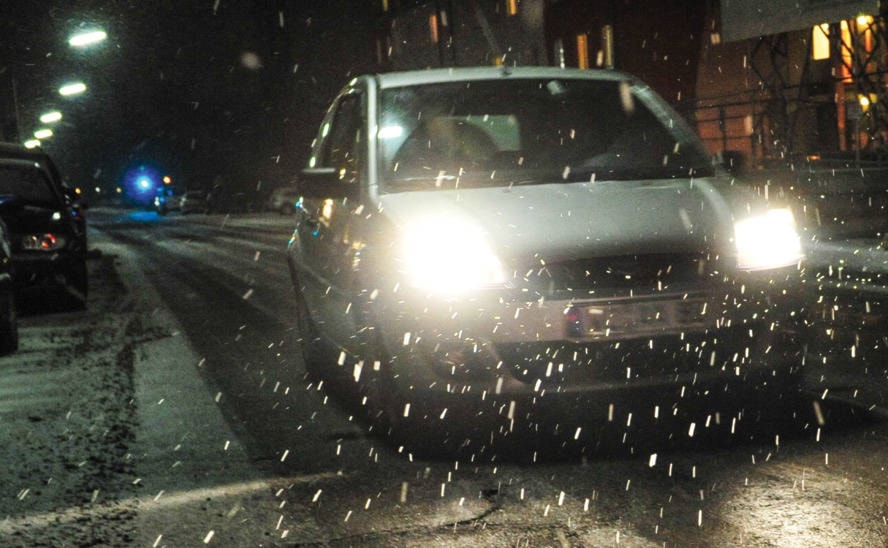Winter came somewhat late to the north this year, and perhaps we all need a refresher about driving for the weather.
But while for most of us it’s intuitive to slow down and drive to conditions, one thing that sometimes gets lost in the mix is turning on head and tail lights during inclement weather.
These days, many newer vehicles have automatic headlight settings, but that doesn’t always mean they turn on in the right conditions – fog, for example, can confuse your car’s sensor, and headlights won’t always come on when they need to.
Those who were forced to drive during snowy weather this past week would have seen multiple vehicles without headlights and/or tail lights lit while out on the roads. And even if it’s not actively snowing, headlights and tail lights are important to activate in any lower light situation, including just on overcast, wintry days.
According to the Ministry of Transportation’s website, it’s a common misconception that tail lights are just like daytime running lights, and are always lit. This is not true on most vehicles, in which tail lights only come on when headlights are turned on.
Also according to the website, many people believe that if their dashboard is lit, so are their tail lights. But many newer vehicles have permanently lit dashboards, so this isn’t a good indication that your red tail lights are on.
Tail lights are an important part of being seen from behind, especially for highway driving in fog, rain and snow. It’s important to leave enough space between your vehicle and the one ahead – but if you can’t see your fellow driver, that can be pretty difficult.
By extension, wiping off your head and tail lights during breaks when you are travelling long distances is essential: most of us here in Northern B.C. have probably experienced what it’s like to be driving with headlights on but still not able to properly see the road due to muck and spray clinging to our headlights and reducing the bulbs’ impact.
Switching on the lights, and keeping them clean, are things that are easy for us to control. A flick of a switch can mean the difference between a collision and getting home safely.
-Black Press
